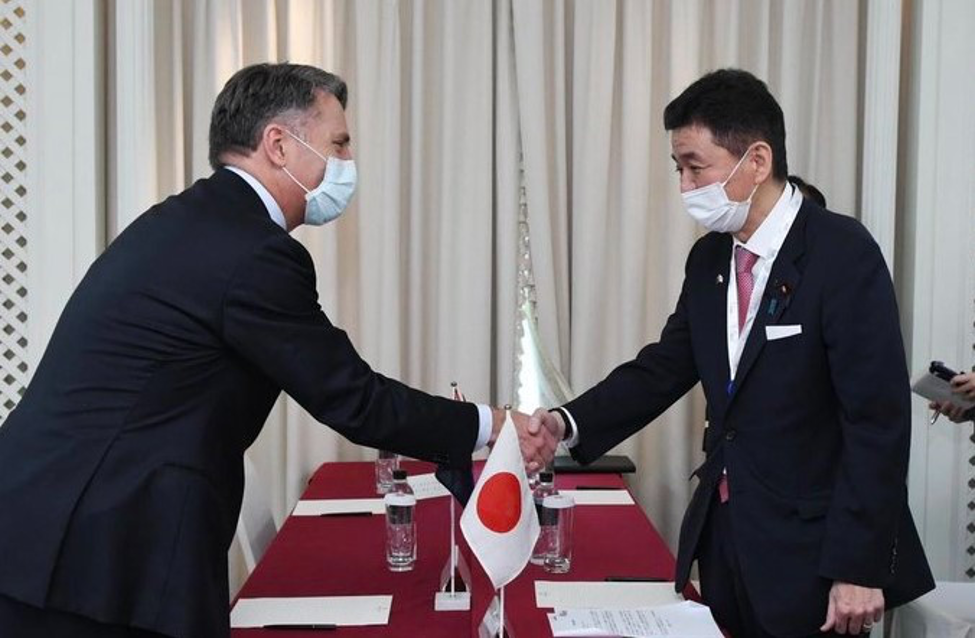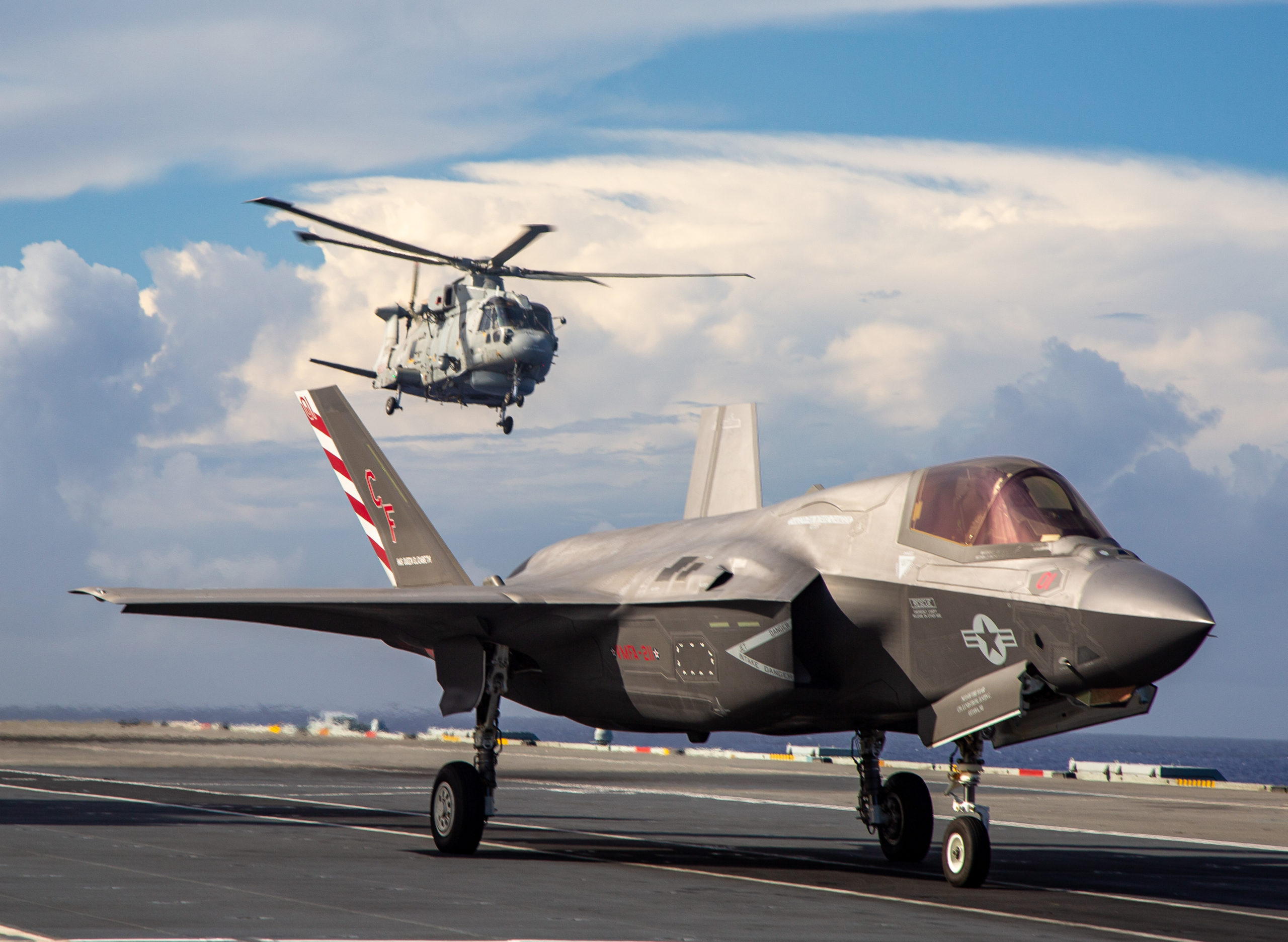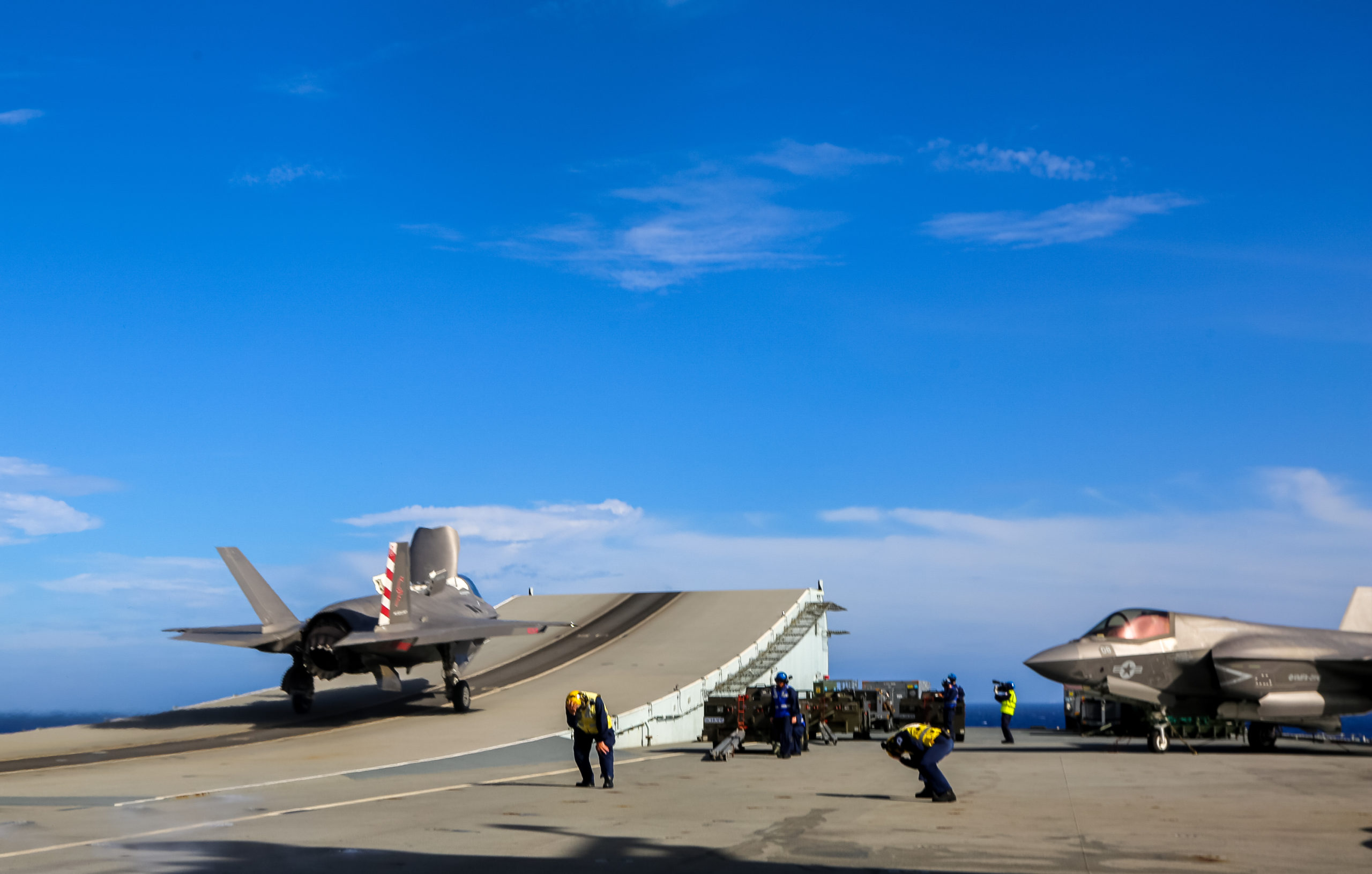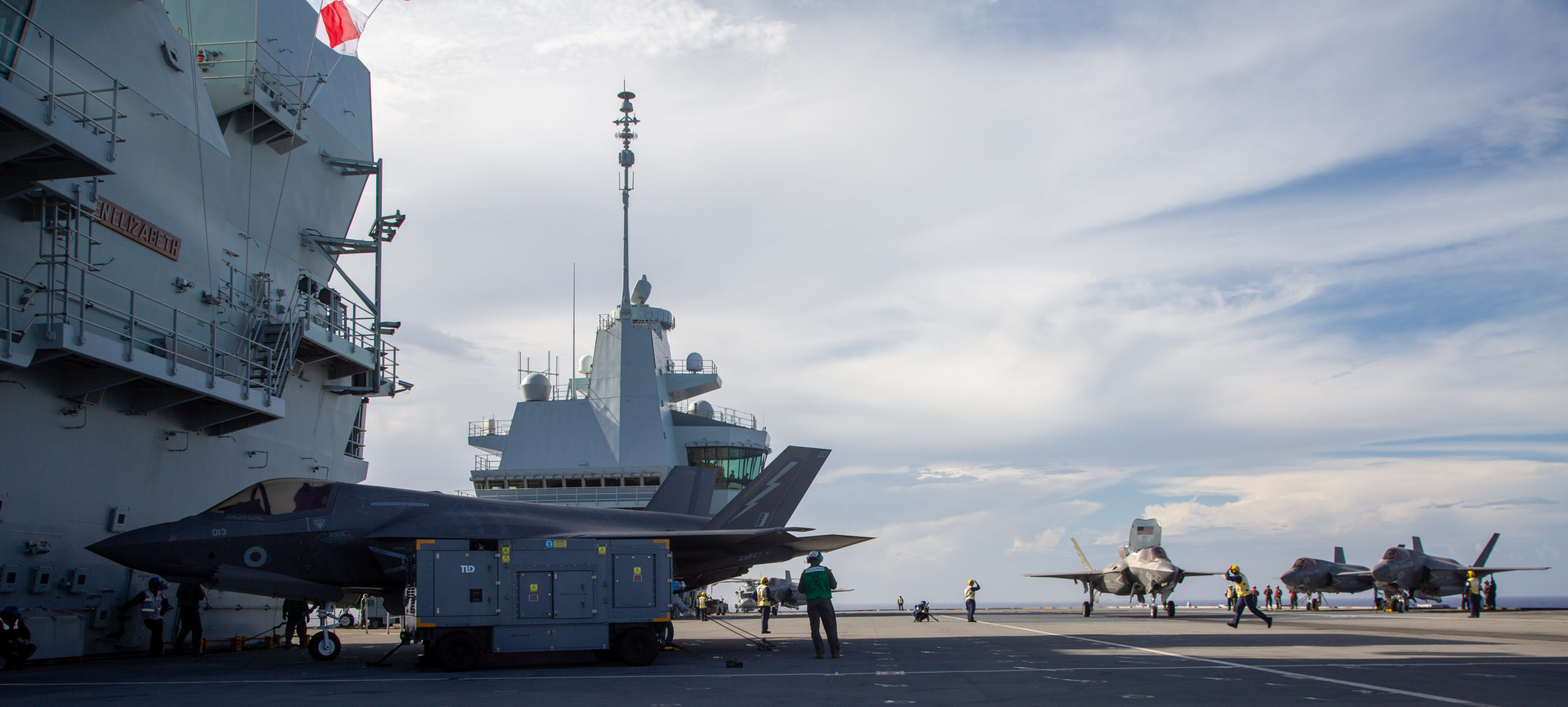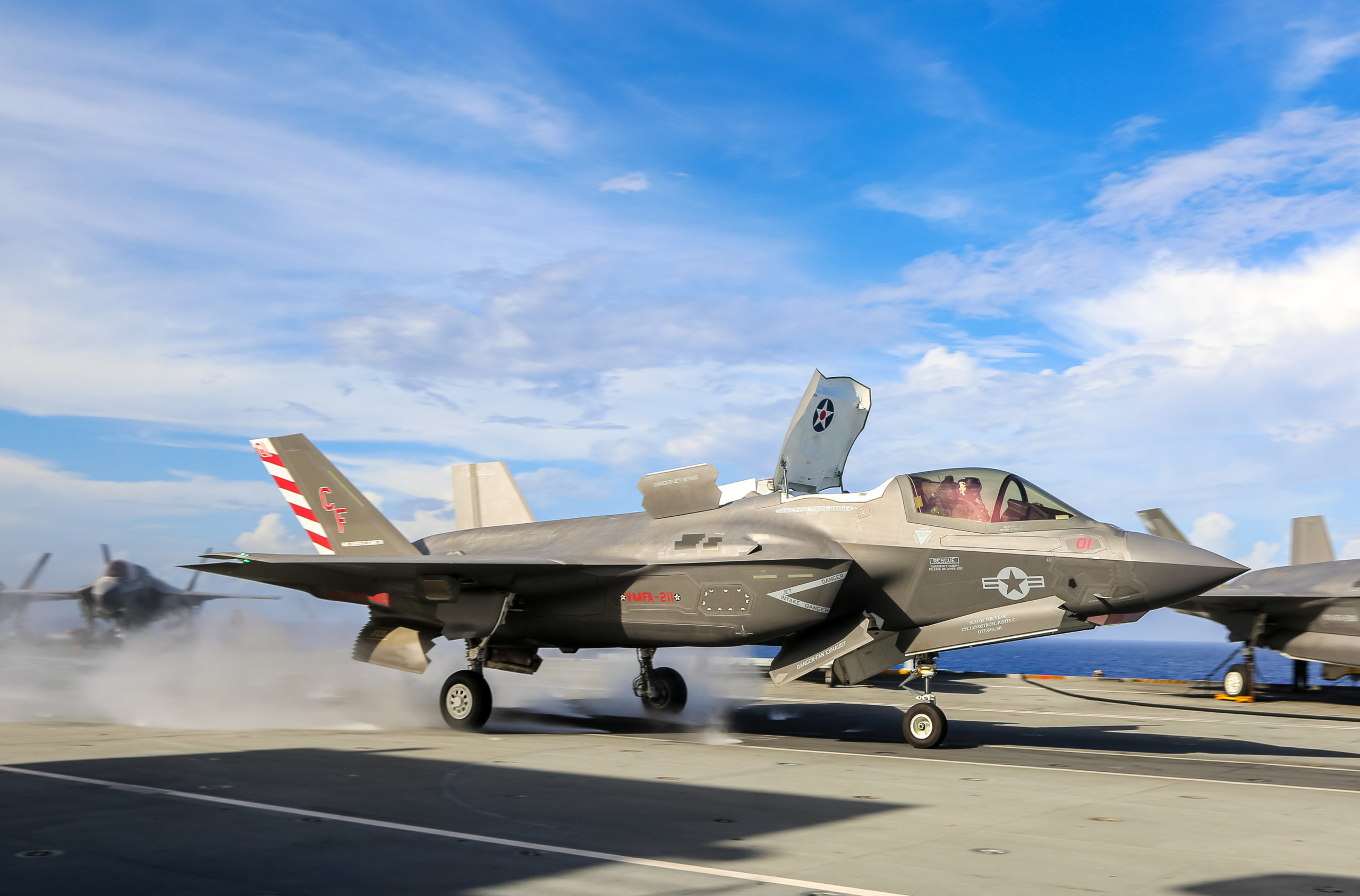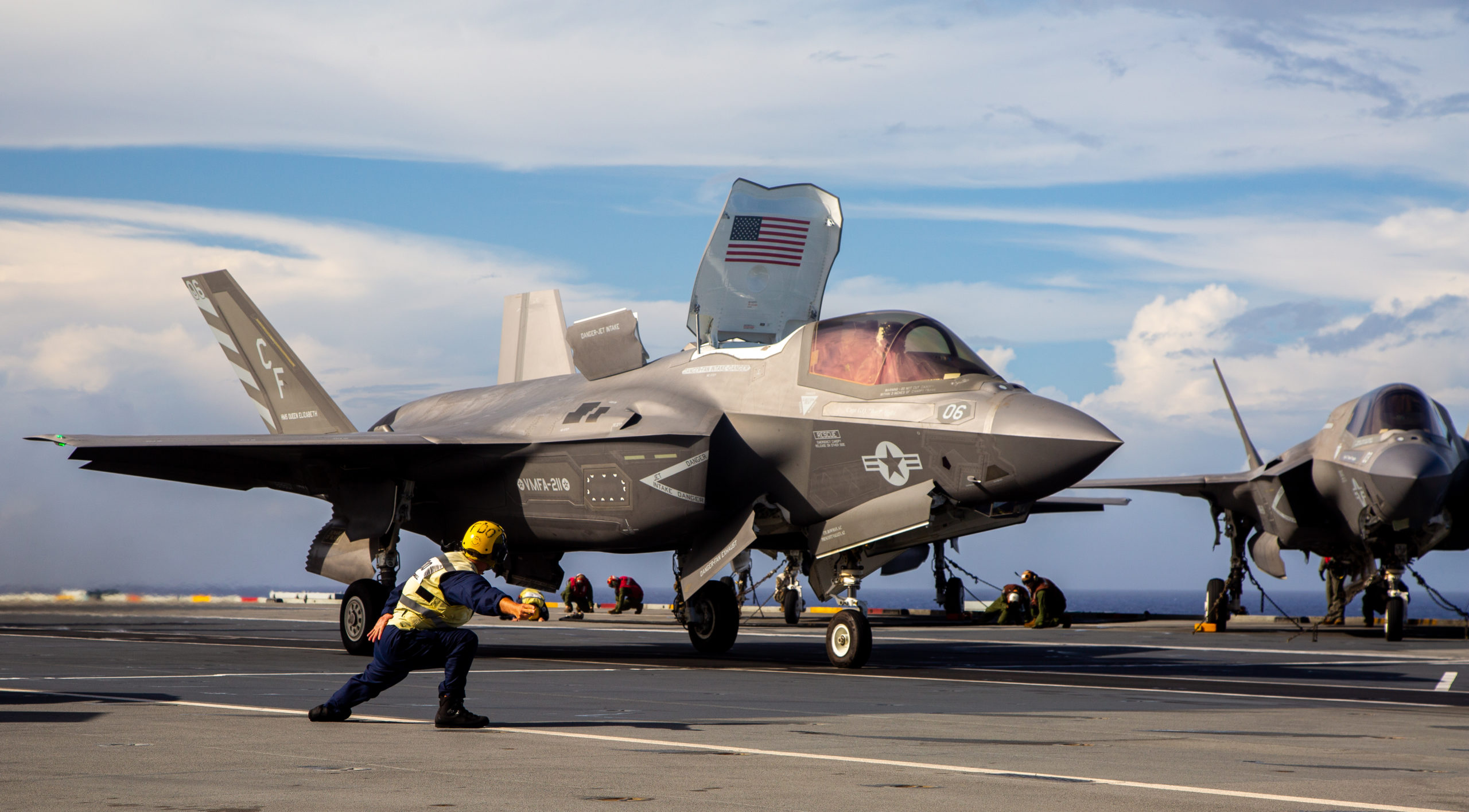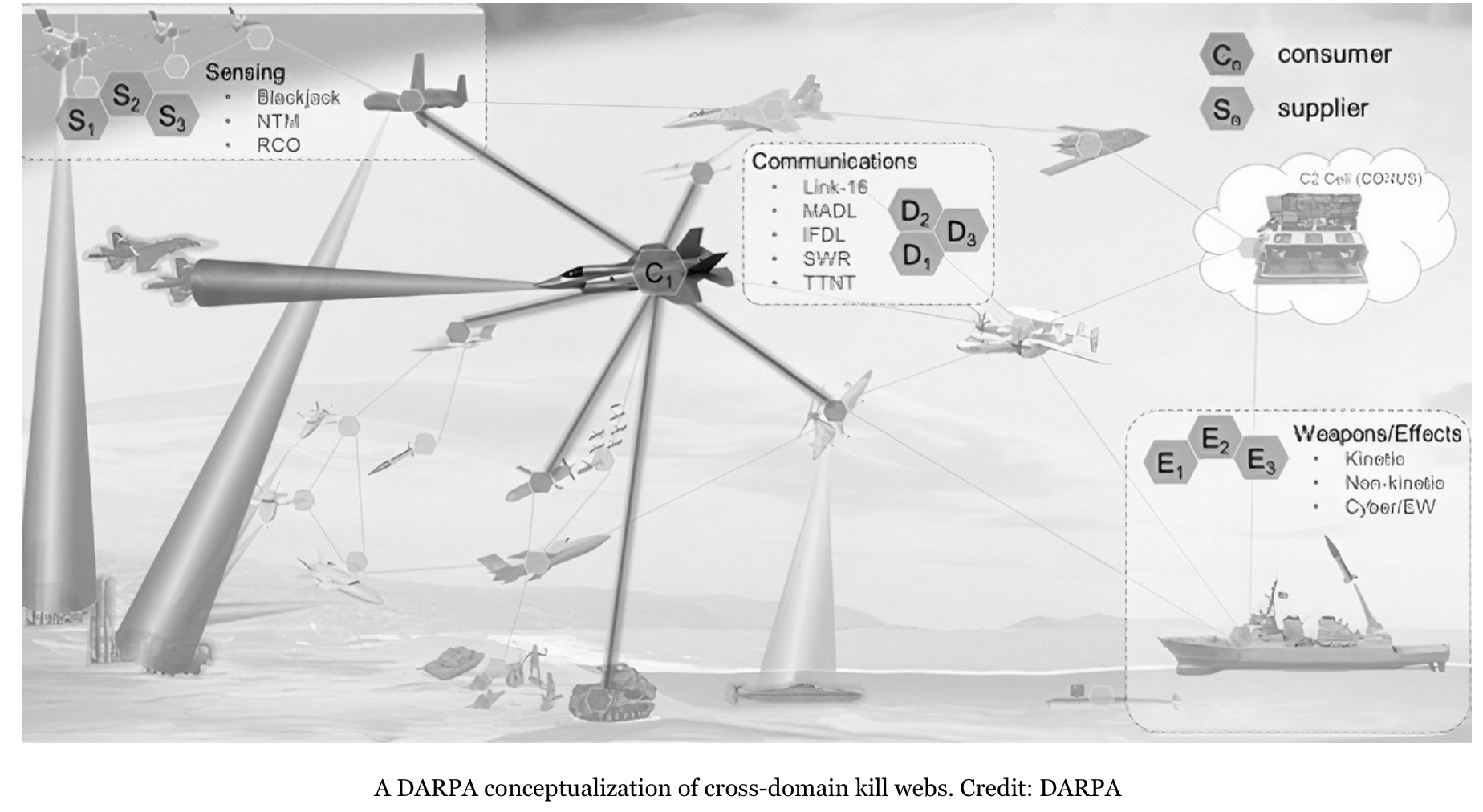By Graeme Dobell
Australia is removing the qualifications from its quasi-alliance with Japan.
The visit to Japan by Deputy Prime Minister and Defence Minister Richard Marles is another step in the fading of the qualifiers: ‘quasi alliance’, ‘small “a” ally’ and ‘alliance lite’.
The qualifiers apply because this is a pact without a treaty—no formal pledge to go to war together.
The quasi-alliance moniker describes the third leg of the trilateral, supporting the US–Japan alliance and the US–Australia alliance.
The small ‘a’ and lite descriptors fade because over the past two decades Japan has risen to become a defence partner for Australia that ranks beside New Zealand and Britain.
Japan sits on the second tier, with the traditional Anglo allies, below the peak where the US presides as the prime and paramount ally. The chatter grows about whether to admit Japan to the ultimate Anglo club, the Five Eyes intelligence-sharing partnership, comprising Australia, Canada, New Zealand, the UK and the US.
In the first decade of this century, Canberra was the eager suitor, pushing Tokyo to do more, building the Australia–Japan–US trilateral. In the second decade, Japan stepped up under Shinzo Abe, showing uncharacteristic vigour and ambition. This decade is shaping as the moment Japan remakes itself as a military power.
In launching the trilateral in that first decade, John Howard’s government took the lead and Japan warmed slowly. When Foreign Minister Alexander Downer first broached the trilateral with his Japanese counterpart, he was told Australia was too insignificant as a security player for Tokyo to bother. Equally, Canberra was eager to go further than Tokyo in the ambit of the joint declaration on security cooperation that Howard and Abe signed in 2007. Australia wanted a treaty, while Japan would go only as far as a declaration.
In his second coming as prime minister in that second decade, Abe changed much in ways that matter greatly for Australia. The ‘Indo-Pacific’ may have been a US naval theory, but Abe’s adoption made it a diplomatic and military construct with heft; Australia joined Japan as the first adopter. Abe was equally important in growing the trilateral, the second coming of the Quad, and saving the Trans-Pacific Partnership after US President Donald Trump pulled out—a TPP without the US could only exist with Japan at its heart.
The quasi-alliance has its fullest expression within the trilateral. The three defence ministers had their 10th meeting last week during the Shangri-La Dialogue in Singapore. Their ‘vision statement’ has the now essential language about opposing ‘coercion and destabilising behaviour’ and standing against ‘unilateral attempts to change the status quo by force’, underscoring ‘the importance of peace and stability across the Taiwan Strait’.
To Australian eyes, the trilateral statement now has the same tone and style of an AUSMIN communiqué, with the effort to list ‘concrete’ outcomes such as exercises for interoperability and readiness; coordinated responses to regional disasters and crises; deepened cooperation on maritime capacity building; and a framework for research, development, test and evaluation to advance trilateral cooperation on advanced technologies and strategic capabilities.
When Abe departed the leadership in 2020, Australia confronted the question of how much the quasi-alliance was based on his personality and how much on permanent shifts in Japan’s policy personality. Abe pushed for a stronger, more autonomous Japan rather than a comfortable Japan declining gently into middle-power ease.
The answer offered by Indo-Pacific expert Michael Green in his new book, Line of advantage: Japan’s grand strategy in the era of Abe Shinzo, is that the trajectory is set—the Abe era will last much longer than the Abe tenure.
Green argues that Japan has done more than any other country to devise a strategy to manage China’s rising economic and military power, to ‘compete but not to the death’. Green’s prediction:
From now on for 10, 20, 30 years, people will be referring to Abe’s doctrine and Abe’s approach. There will be variations. There will be changes. There could be big changes if we have war in Asia or if the US retreats from Asia, but I don’t anticipate those. In terms of intent and trajectory, I think Japan will be very reliable and will be a thought leader and will be respected in Asia.
The shape of the Abe era came into sharper focus on 8 June when Japan’s cabinet approved a plan for a massive increase in defence spending from 1% to 2% of GDP. The 2% pledge is buried in footnote comparisons to NATO spending, so the transformation of Prime Minister Fumio Kishida from dove to samurai is still work in progress.
In his speech to the Shangri-La Dialogue, Kishida promised: ‘I am determined to fundamentally reinforce Japan’s defence capabilities within the next five years and secure a substantial increase of Japan’s defence budget needed to effect such reinforcement.’
In tandem with reinforcing its alliance with the US, Kishida said, Japan would strengthen ‘security cooperation with other like-minded countries’. A new era, he said, needed a new ‘realism’.
Kishida noted that Germany had pledged to lift its defence spending to 2% of GDP, adding, ‘I myself have a strong sense of urgency that Ukraine today may be East Asia tomorrow.’
A Japan pushing fast to double its military spending will change much. After Kishida’s speech, the director-general of the International Institute for Strategic Studies, John Chipman, pointed out that if Japan and Germany reached the NATO standard of 2% of GDP for defence, that’d make Japan the third-biggest defence spender in the world, behind only the US and China, while Germany would lift to number four.
Australia’s new prime minister, Anthony Albanese, has already had his first meeting with Kishida, at the Quad summit on 24 May. They are set to meet again at the NATO summit in Madrid in a fortnight’s time.
Just as NATO is always about alliance politics, these days Australia and Japan have their own alliance dialogue within the trilateral with the US.
Graeme Dobell is ASPI’s journalist fellow.
This article was published by ASPI on June 16, 2022.
Credit Image: Richard Marles/Twitter.


